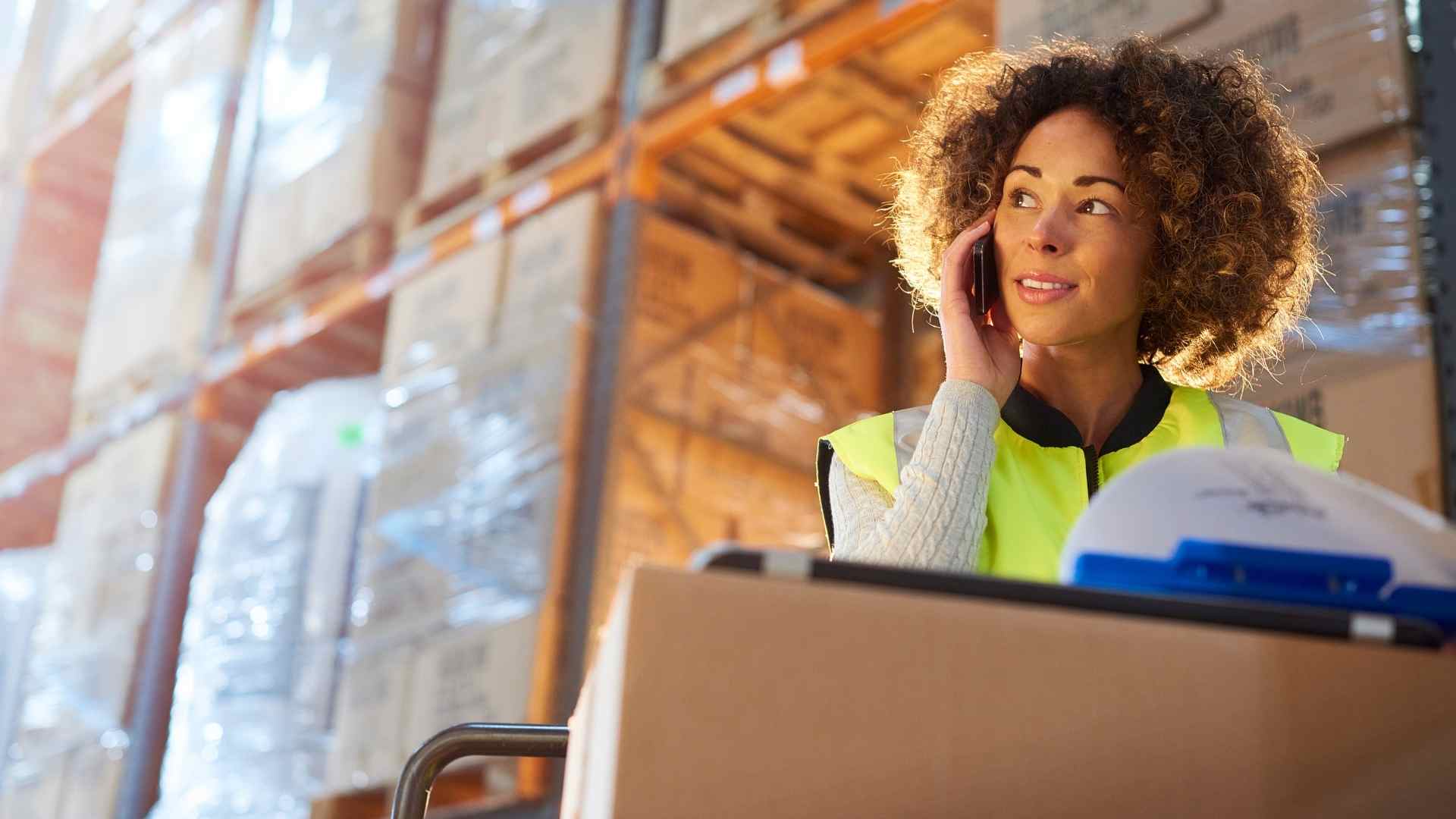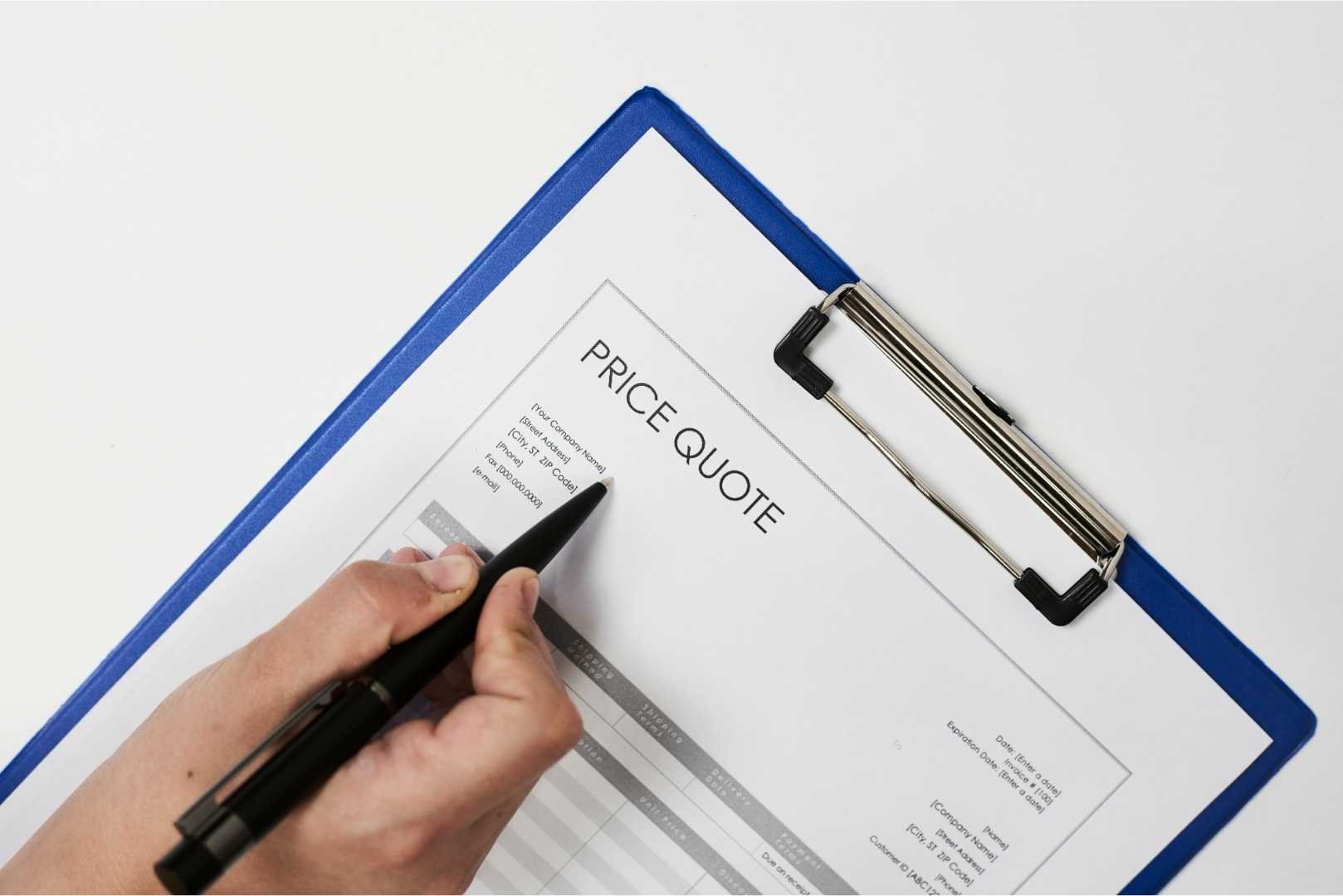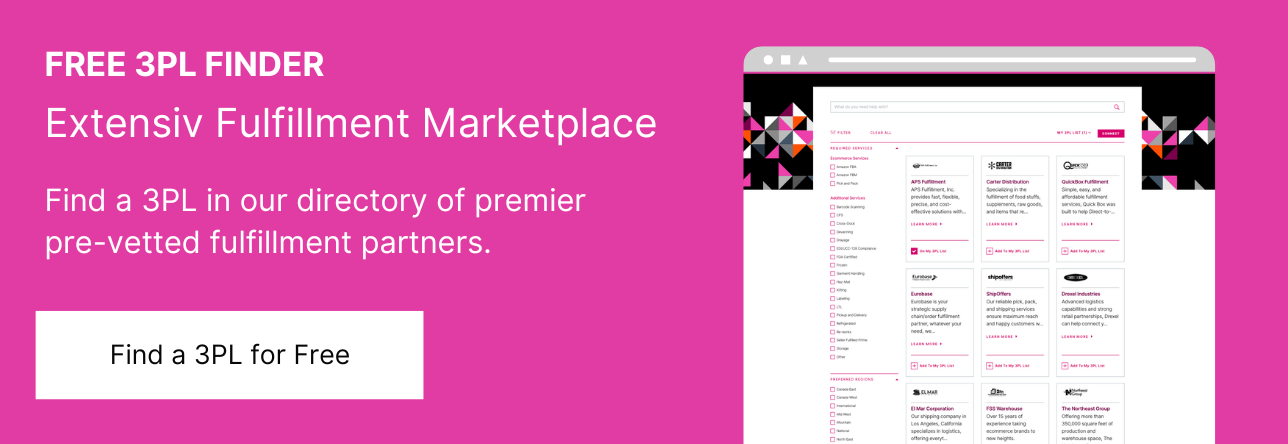The rise of ecommerce has made it easier than ever for businesses to sell their products online. However, it's also made it more difficult for business owners to keep up with the increased demand and order volume. This is where outsourcing to third-party logistics (3PL) providers come in—they're the companies that provide warehouse management and fulfillment services to help you get your packages out on time and keep them secure while they're in transit.
What Is a 3PL?
Third-party logistics providers are companies that provide services and solutions for your business's supply chain. They can operate at any level of the supply chain, including warehousing, transportation, distribution, and often other areas such as sales support, inventory management, and ecommerce fulfillment.
The wide range of services that 3PLs provide means there's something to fit every budget and need—from one-time orders to customized solutions for high-volume manufacturers or retailers and ecommerce merchants.
Types of Services Provided by 3PLs
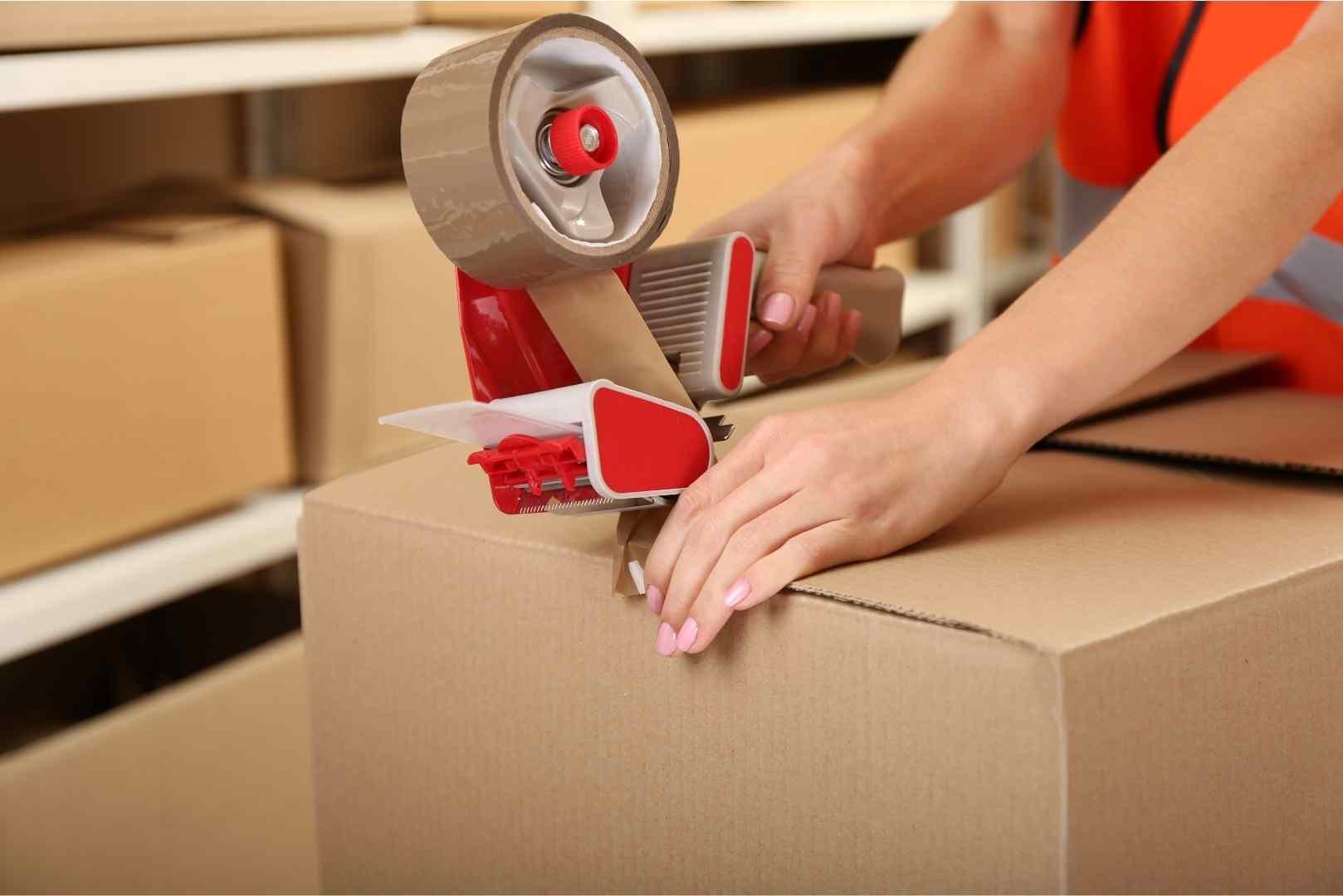
3PLs provide a variety of services, including:
- Sourcing: 3PLs can source inventory from multiple channels and locations to ensure your products are available when needed.
- Fulfillment: This includes picking, packing, shipping, and receiving of goods to fulfillment centers.
- Warehouse management (also called warehouse logistics): 3PLs will maintain your facilities for storing goods efficiently, reducing costs while providing on-time delivery of products to customers.
- Returns management: A large percentage of ecommerce orders are returned due to incorrect sizing or other issues with the product. A good return shipping process ensures these items do not get lost in transit back to the manufacturer or vendor—and they always get paid!
Typical Fees That Affect 3PL Pricing
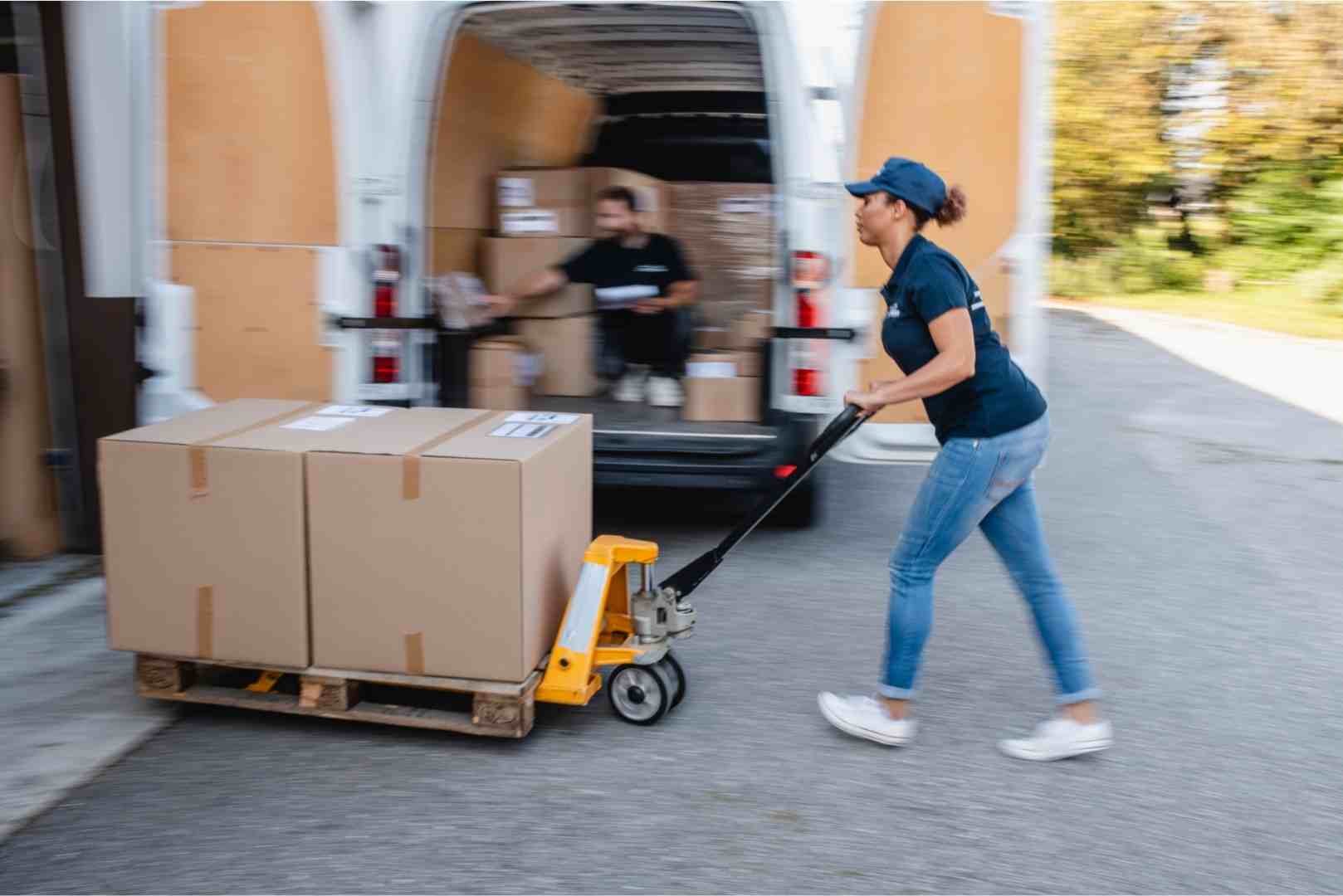
Receiving Fees
Most 3PLs charge a fee for receiving goods (inbound logistics), usually on a per container or sometimes a per pallet basis. Additionally, there are three different types of receiving fees:
Carrier Receiving: Fees charged by carriers for transporting goods from their origin to the destination based on volume (cubic feet) or weight of the shipment.
Third-Party/Forwarder Receiving: Fees charged by 3PLs for transporting goods from origin to destination. These fees are typically higher than carrier receiving charges because they also include warehousing costs and operational expenses such as:
- Labor costs associated with picking orders off pallets/pallet racks at destinations
- Unpacking products
- Inspecting products
- Sorting products into groups
- Moving pallets around within a distribution facility, depending on inventory levels
Warehouse Receiving: Fees charged by warehouses or distribution centers that receive shipments from carriers or 3PLs.
Warehousing/Storage Fees
An inventory storage fee is what you pay to a 3PL to hold your inventory in one of their fulfillment centers—most 3PLs charge based on square or cubic footage, pallet space, or bin space.
Pick & Pack Fees
3PL picking and packing fees are typically charged per item, sometimes with an additional fee for large items. You can usually negotiate a bulk discount on the order of your entire shipment if you have multiple items being shipped. If you have a small number of products in your shipment, you may want to negotiate a lower rate (or free service) for those smaller orders. If there are many large items in your shipment, then it might be wise to ask for a discounted pack fee/rate or free service because these will take more time and effort on the 3PL's part. Expect to cover additional costs for any custom packaging materials you want your 3PL provider to use for your orders.
Shipping Fees
The most common 3PL shipping fee is the rate or fulfillment fee, which is the shipping costs the 3PL pays to send an order to your customer. A rate can be based on volume, weight, or a combination of both. The most common shipping carriers for freight are FedEx and UPS, with UPS being more popular in Europe and Asia than it is in North America. Shipping rates from all carriers can be negotiated, so if you find that another carrier has better rates than your current 3PL provider's rates, speak with their customer service team and see if they'll match—or beat—the new carrier's price.
Setup and Account Management Fees
There are two additional fees that most 3PLs charge: setup fees and account management fees.
Setup fees are the fees you'll have to pay when you first start contracting with a 3PL provider. These can range from $100–$1,000, depending on the size of your business and what kind of services you need as well as your unique onboarding requirements.
Account management fees are recurring fees that cover things like document storage, shipping labels, tracking reports, and more. These are usually around $35/month.
Pricing Structure for 3PLs
Fixed Monthly Fee (Flat Rate)
A fixed monthly fee is the most common type of 3PL warehouse pricing model. In its simplest form, this means you pay a set amount each month regardless of how much space or inventory you use. The benefit is that it's easy to track and budget for your storage costs—you know exactly how much your service costs each month. The downside is that there aren't any incentives built in for only taking out what you need or storing goods for as long as possible. This can lead to higher rates than variable pricing models depending on how often your company uses its services (and whether they're used at all).
Variable Pricing Model
Variable pricing models offer more flexibility than flat rates because they charge per cubic foot stored instead of charging based solely on usage volume like fixed pricing does. As such, companies using variable pricing will likely be charged less if they take out smaller amounts more frequently rather than taking out larger amounts less frequently, which would make their overall cost per cubic foot more expensive under fixed pricing models.
However, depending on how seasonality influences your brand’s sales, you will likely be charged more during months of demand surges. While it may be more cost-effective to contract with a 3PL using a variable pricing model most of the time because your total cost will be less in the long run, you will need to prepare to pay increased fulfillment costs during peak seasons.
It's also important to remember that no matter the pricing model a 3PL is using, you want to find a 3PL that uses technology that will connect seamlessly to your order management system for increased efficiency and visibility on both sides.
How to Decide Which 3PL Services to Implement

Once you know how much your 3PL fees are going to be, the next step is to determine which services are worth it for your business. Some companies will only need a handful of services and therefore have higher costs per month or year. Others might need more services, but with lower costs per month or year.
If you use a lot of inventory-related services, then the average cost may be quite high compared to other 3PLs. However, if you don't use those types of services at all (like some retailers), then the average cost could be much lower than expected.
To decide which ones are right for your company and where your priorities lie, follow these 2 key steps:
- Determine what kinds of inventory-related tasks will help improve efficiency in each area of business operations (e.g., warehousing management/stocking/fulfillment/distribution, etc.) as well as procurement logistics like purchasing materials through vendors instead of directly from suppliers. Vendors often charge more due to hidden costs associated with working within their system, like business credit card transaction fees charged by banks issuing them out.
- Consider how many products need storage space during the manufacturing process before being shipped out into stores. How many items can be stored at once without losing profit margin due mostly due an increased demand outside current supply capacity?
Other 3PL Value-Added Services
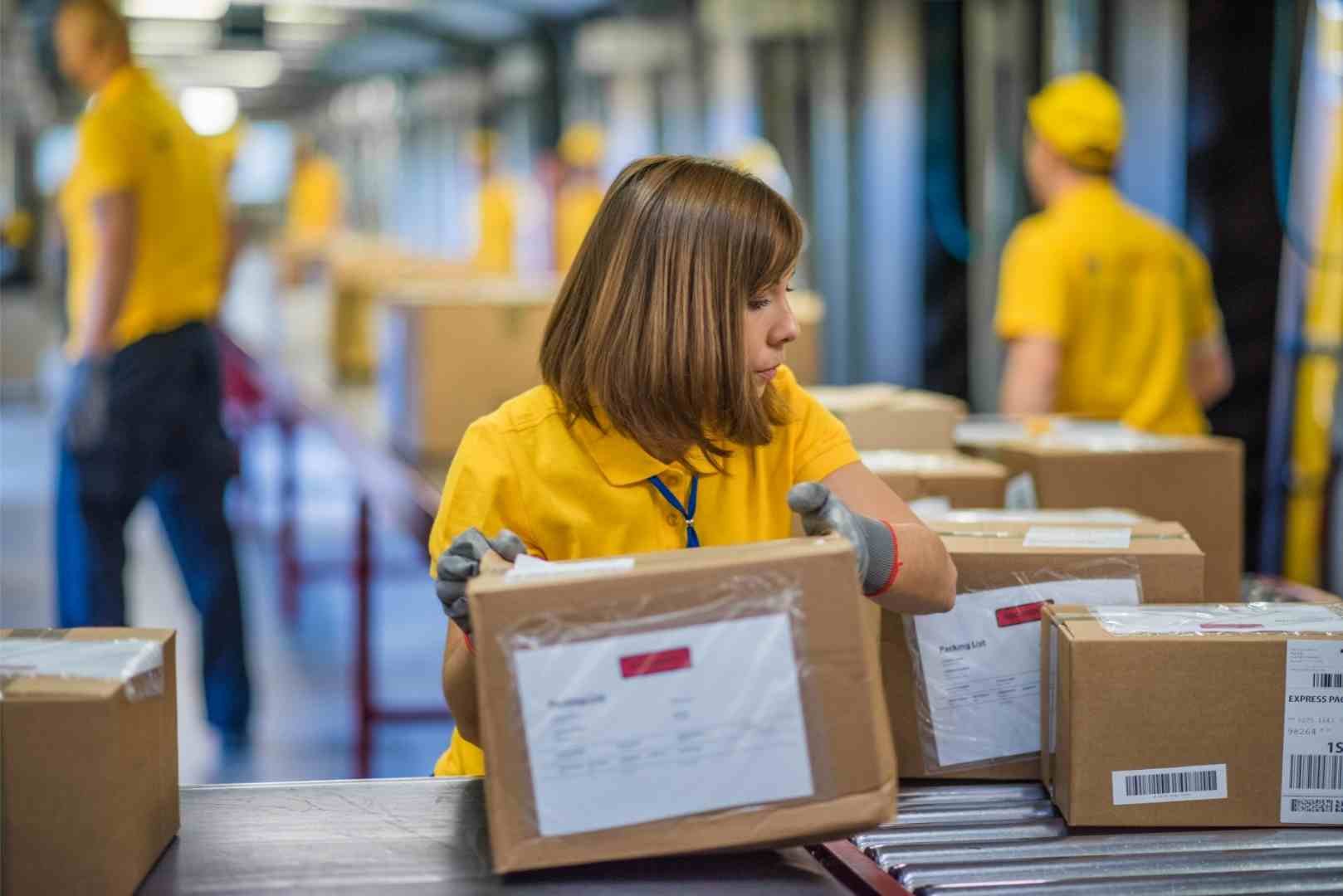
Real-Time Analytics
Real-time analytics is a great way to understand your supply chain and make informed decisions. Here are some tips on how to use it effectively:
- Figure out what real-time analytics can do for you. The best 3PLs offer data that allows you to see your whole supply chain in one place, including manufacturing, distribution, and transportation, which means they have a complete picture of all of the shipments in their network at any given time.
- Make sure the data is accurate. One mistake that companies make is assuming that every piece of information from their 3PL is 100% correct—but this isn't always true! It's important for businesses using 3PL services to verify those results themselves by checking shipment documents or using other methods.
3PLs use everything from spreadsheets and proprietary software to advanced warehouse management systems (WMS). This software will determine the visibility you have into important metrics as well as increase the efficiency of the warehouse, which can reduce your fulfillment costs over time.
Amazon FBA Prep and FBM
Fulfillment by Amazon (FBA) means that a SKU from an Amazon storefront is shipped by Amazon from one of their warehouses. FBA prep services can include receiving, inspection, labeling, assembly, storage, replenishment, and more. A 3PL providing FBA prep services can then send the product to Amazon to be picked, packed, and shipped to the end consumer. Fulfillment by Merchant (FBM) means that the seller is responsible for managing the Amazon store, as well as handling all aspects of storage and order fulfillment. Many merchants employ a 3PL to assist with the fulfillment process.
Kitting and Bundling
Kitting is a term that comes from the manufacturing industry, where it refers to a kit of parts or equipment. In the ecommerce world, kitting is when you bundle items together in a way that makes sense for your customers, so they can buy multiple items without having to add them all separately.
For example, imagine you sell clothing on your website. You have a product that comes in three different colors and three different sizes, but you want to offer it as a bundle—so your customer can buy all three options at once instead of having to choose one or two separately. Or maybe you're selling something like kitchen utensils and you want customers to be able to get a set of five knives in one purchase instead of having to buy each knife individually.
Ecommerce bundles are similar in that you're offering people the opportunity to buy multiple products together at once instead of having them add each item one by one.
Charging Methods for 3PLs
Third-party logistics companies have a few different pricing methods. One is subscription pricing, which is the most common type of 3PL fee structure. With this structure, you pay a monthly rate for each pallet or container that's shipped through the fulfillment provider. Another common method of charging is rate card pricing—which means you pay based on the weight of your shipments and how far they're shipped.
In addition to these two common types of 3PL fees, some warehouses may charge per usage (like an annual fee) or use SLAs (service level agreements). These agreements are written between clients and vendors and outline what they expect from one another. Areas that might be covered in the agreement are quality of service delivery and guarantees related to things like timeliness, accuracy, and consistency with orders placed online versus those coming through phone orders made over time, which might vary depending on whether customers call after hours instead of during business hours.
3PL Warehousing Monthly Subscription
If you're planning to use a 3PL service for only a short time, the monthly subscription model is likely best. Subscription plans are also ideal when your company has a small number of SKUs and no in-house logistics staff. To determine whether or not your business falls into this category, take note of these factors:
- Length of time needed: If you plan on using the 3PL service for just one month and then switching back to using internal resources, it might make more sense to subscribe rather than pay for an annual contract.
- Number of SKUs: The more unique items required by your company's supply chain network, the less likely it is that subscription pricing will be viable.
3PL Rate Card
A rate card is a list of standard charges for services. An example would be a picking and packing rate card that lists the hourly rates for performing this service. A rate card can help you compare 3PL partners because it provides an industry benchmark for pricing across vendors, allowing you to easily see how much other companies charge for the same service.
The benefit of comparing rates from multiple 3PL providers is that it allows you to find one that offers the best value at a price point that fits within your budget. This way, if one company's price seems too high (or another seems too low), you can use this information as leverage when negotiating with other vendors to potentially get better prices on services through knowledge of what works best in terms of obtaining discounts based on volume purchases and long-term contracts.
3PL Pricing Conclusion
3PLs can be a great source of cost savings for ecommerce businesses and provide valuable services that you might not have on your own. From warehousing to pick and pack, these companies offer many services that can help you cut down on expenses and increase efficiency. Just make sure you know how much a 3PL costs before making the decision on whether or not one is right for your operation.
Are you interested in finding a 3PL? Check out Extensiv’s Fulfillment Marketplace to browse our directory of pre-vetted fulfillment partners best suited to your specific needs.
-
You’ll read about:
Be the first to know
Subscribe to our newsletter
